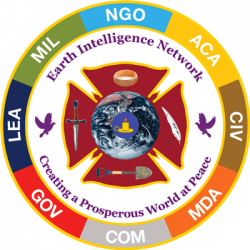
What’s Known About Massive Russia Money Laundering Scheme, ‘Troika Laundromat’
Christian Baumgaertel, 07 March 2019
The so-called Troika Laundromat was a financial network set up by a Russian investment bank to help clients move money out of the country and hide it. The scheme exported about $4.8 billion over seven years, with the help of a now-defunct Lithuanian bank.
That much we know from disclosures by the Organized Crime and Corruption Reporting Project [OCCRP] and its partner news organizations. Almost daily revelations over the last week have widened the group of banks involved and added to a picture of massive laundering — perhaps facilitated by the absence of a central enforcement agency in Europe.
What we don’t yet know is the identity of many of the participants on the Russian side, what proportion of the money was illicit, and whether additional banks are likely to be named. Financial institutions from Stockholm to Amsterdam already face uncomfortable questions, with investigations under way in the Baltic nations, the U.S., the U.K. and the Nordic countries.
While the sums reported by the OCCRP are small — at least compared with the $230 billion handled by a tiny Estonian unit of Danske Bank A/S between 2007 and 2015, much of it suspicious — the disclosures this week give a more detailed glimpse of the Russian money trail.

